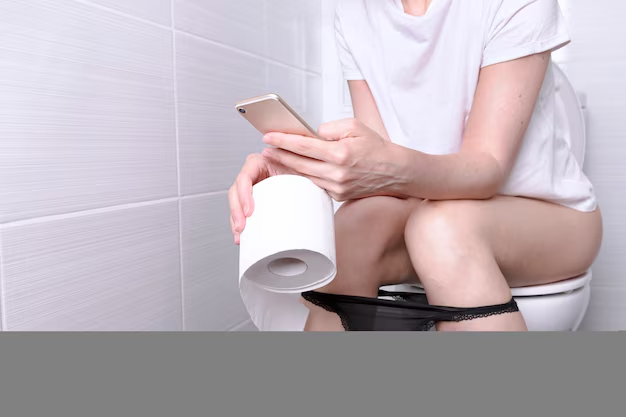Does Urinary Incontinence Lead to UTIs? What You Need to Know
When it comes to urinary incontinence, a common condition affecting millions worldwide, many wonder if it can lead to a urinary tract infection (UTI). These persistent questions stem from the discomfort and concern for one's health when dealing with two such distressing urinary health concerns. Let's dive into whether urinary incontinence can lead to UTIs, and how you can manage both effectively.
Understanding Urinary Incontinence and UTIs
Urinary incontinence is the involuntary leakage of urine, which can be triggered by various factors including stress, urgency, or a combination of both. Conversely, a urinary tract infection (UTI) is an infection in any part of the urinary system—kidneys, ureters, bladder, or urethra—often caused by bacteria like E. coli.
There's a logical concern that incontinence, especially if it leads to retained urine, could potentially be a catalyst for infections. Does having incontinence increase your chances of getting a UTI? The answer is nuanced.
How Urinary Incontinence Might Trigger UTIs
While urinary incontinence in itself doesn’t cause UTIs, it can increase the risk of developing an infection. Here's how:
- Residual Urine: In cases of incontinence, not fully emptying the bladder can leave urine stagnant, providing a breeding ground for bacteria.
- Life Impairment: Incontinence can mistakenly lead to poor hygiene practices due to fear of leakage; combining this with residual urine increases UTI risks.
- Frequent Urge: With urge incontinence, frequent urination might irritate the urinary tract, leaving it more exposed to infections.
Managing Urinary Incontinence and Preventing UTIs
Keeping a vigilant eye on your urinary health is essential for avoiding complications like UTIs. Here are some key steps:
- Stay Hydrated: Drinking sufficient water ensures urine is not overly concentrated, which discourages bacterial growth.
- Bladder Training: Strengthen bladder control through regular exercises like Kegels and set timed voiding schedules.
- Prompt Hygiene: Maintain diligent personal hygiene routines to reduce bacterial exposure.
- Medical Consultation: Seek medical advice if you experience frequent UTIs or worsening incontinence, as these require specialist interventions.
Financial Solutions If You Need Help
Addressing health concerns related to incontinence or UTIs may lead to additional unexpected expenses in terms of medication, consultation, or even purchasing hygiene products. It's crucial to be aware of possible financial aids available:
- Government Aid Programs: Check eligibility for Medicaid or Medicare for assistance with medical costs.
- Health Insurance Plans: Review your policy for coverage of treatment related to incontinence and UTIs.
- Credit Solutions: Consider low-interest credit cards or personal loans to manage immediate healthcare expenses.
- Educational Grants: For those in academia, access educational grants that might include health coverage benefits.
Key Financial Resources to Consider
Here’s a quick overview of support options:
- 🎟 Medicaid/Medicare: For healthcare costs
- 💳 Low-Interest Credit Cards: For unexpected medical expenses
- 🏦 Personal Loans: For lump-sum medical bills
- 🎓 Educational Grants/Benefits: Designed for students in need of healthcare support
By staying informed, proactive, and resourceful, you can effectively manage urinary incontinence, reduce the risk of UTIs, and leverage financial tools when necessary to maintain your health and well-being.

Related Topics
- a Patient You Are Caring For Uses Incontinence Briefs
- Are Incontinence Products Tax Deductible
- Are Incontinence Supplies Covered By Medicare
- Are Incontinence Supplies Tax Deductible
- Can a Bladder Infection Cause Urinary Incontinence
- Can a Kidney Stone Cause Incontinence
- Can a Urinary Tract Infection Cause Incontinence
- Can a Uti Cause Incontinence
- Can Constipation Cause Incontinence
- Can Constipation Cause Urinary Incontinence